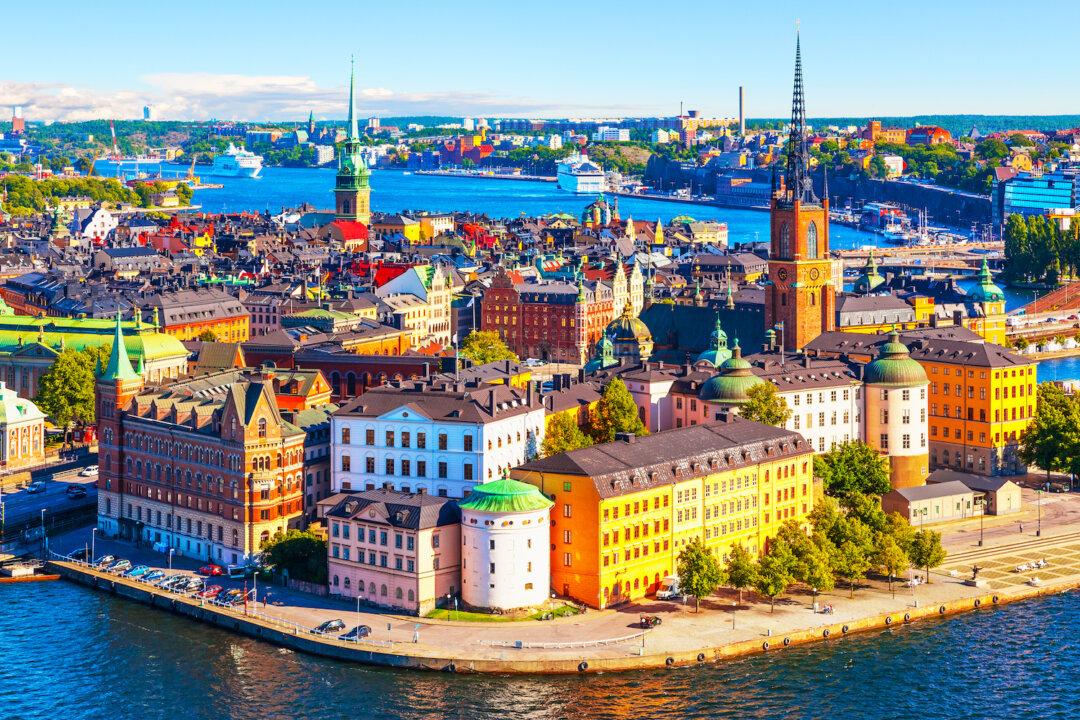When, the summer before last, the results of the first Covid wave began to be tallied in the media, there were different ways of measuring the devastation. One way of looking at the pandemic was to focus on how many people died — more than half a million around the world by the end of June. Another was to try assessing the complicated impacts of the various measures taken to combat the virus. When a lot of the functions in society were frozen, people struggled — especially the most vulnerable.
For those who preferred the first perspective, there was plenty of data to lean on. Meticulous records of the death toll were being kept in most countries, especially the wealthy ones, and presented in stylish graphs on various sites: the Johns Hopkins University website, Worldometer, Our World in Data.It was a lot harder to measure the consequences of the lockdowns. They appeared here and there as scattered anecdotes and figures. Perhaps the most striking data point came from the US: by the end of the academic year, a total of 55.1 million students had been affected by school closures.

